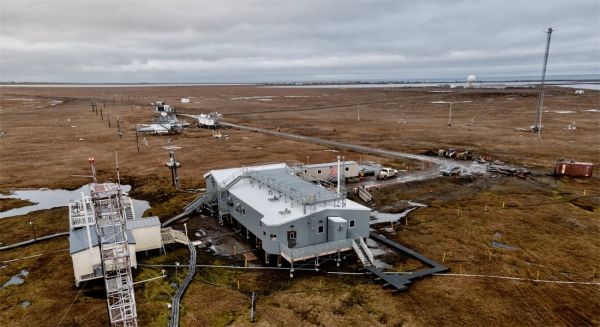Over the past few decades, the Arctic has been warming more than twice as fast as the rest of the planet. At the same time, long-term atmospheric carbon dioxide measurements by NOAA and others have shown substantial increases in the amount of carbon absorbed into and emitted by the Arctic terrestrial ecosystem every year.
Scientists have assumed the terrestrial ecosystem - plants and soil - are playing a large role in the changes they’re seeing in the Arctic carbon cycle. However, they lacked a technique to measure carbon uptake and release independently, key for understanding how the biosphere is responding to climate change driven by fossil fuel emissions.
Research led by Lei Hu, a CIRES scientist working at NOAA, provides new insights into this important process over the Arctic and boreal region, based on the modeling of atmospheric measurements of a related chemical, carbonyl sulfide.
Continue reading at NOAA Research
Image via NOAA Research


